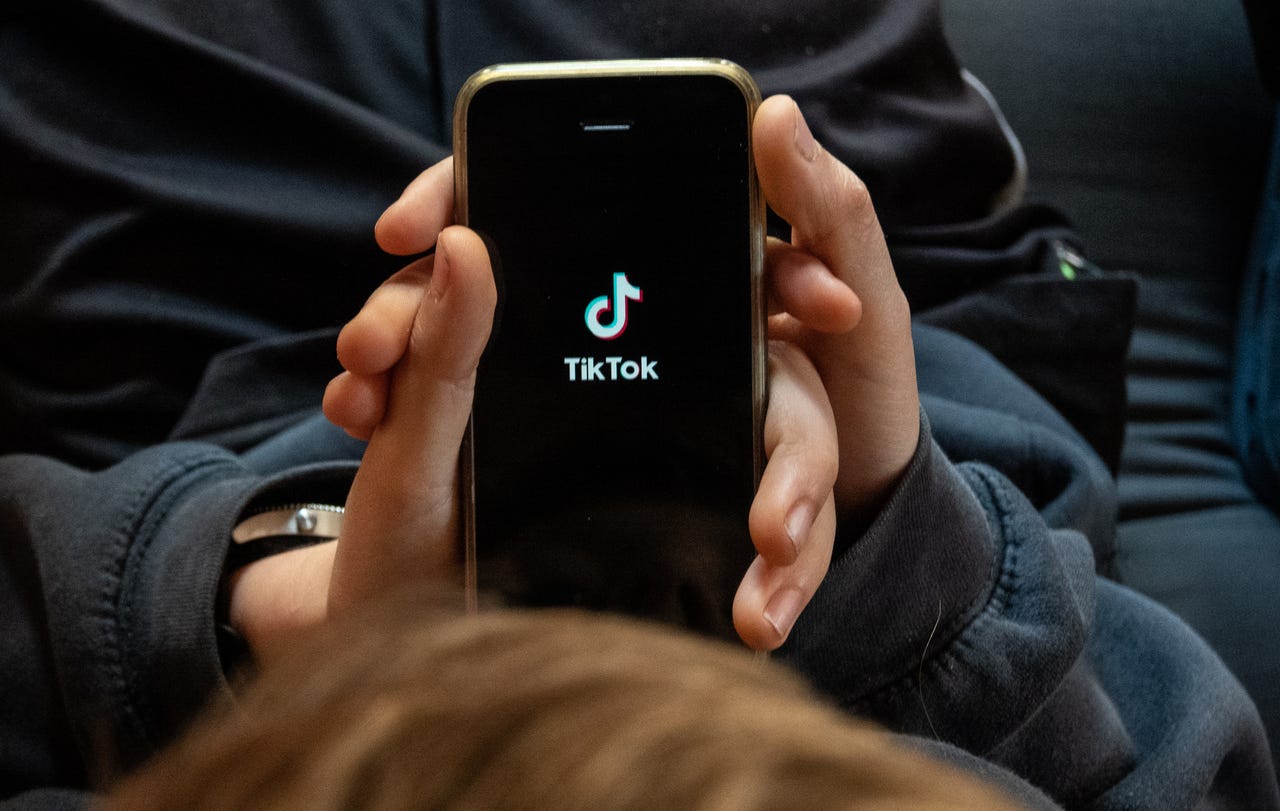'ZDNET Recommends': What exactly does it mean?
ZDNET's recommendations are based on many hours of testing, research, and comparison shopping. We gather data from the best available sources, including vendor and retailer listings as well as other relevant and independent reviews sites. And we pore over customer reviews to find out what matters to real people who already own and use the products and services we’re assessing.
When you click through from our site to a retailer and buy a product or service, we may earn affiliate commissions. This helps support our work, but does not affect what we cover or how, and it does not affect the price you pay. Neither ZDNET nor the author are compensated for these independent reviews. Indeed, we follow strict guidelines that ensure our editorial content is never influenced by advertisers.
ZDNET's editorial team writes on behalf of you, our reader. Our goal is to deliver the most accurate information and the most knowledgeable advice possible in order to help you make smarter buying decisions on tech gear and a wide array of products and services. Our editors thoroughly review and fact-check every article to ensure that our content meets the highest standards. If we have made an error or published misleading information, we will correct or clarify the article. If you see inaccuracies in our content, please report the mistake via this form.
Using TikTok as a news source? Here are 3 ways to identify misinformation


According to this year's Digital News Report from the Reuters Institute for the Study of Journalism, 20% of 18 to 20-year-olds are using TikTok as their main news source, a 5% increase from last year.
Also: TikTok bans explained: Everything you need to know
Print journalism has declined in popularity for decades, as people can access news from any electronic device, usually for free, on social media. But the Digital News Report shows that as TV and print journalism markets are shrinking, digital media is not filling the gap.
On TikTok, people are more interested in celebrities, influencers, and social media personalities delivering the news, as opposed to journalists. But in general, people are increasingly disinterested in the news, citing distrust in the media, distrust in social media algorithms, and a desire to avoid catastrophic news stories.
TikTok users prefer citizen journalism (44%) to mainstream news outlets or professional journalists (33%). Citizen journalism occurs when public citizens collect information about a news event and deliver it to the public.
It's been increasingly popular during the Russia-Ukraine war, as soldiers post video footage and diaries from the battlefield and upload it to TikTok. Citizen journalism on TikTok gives some people the sense that someone who is experiencing an event first-hand will accurately report on it and include details that mainstream journalists would omit.
Also: How to get a Twitter blue checkmark (and other minor features)
But experts warn that citizen journalism on short-video platforms like TikTok, YouTube, and Instagram can easily mix information with disinformation, creating a confusing blend of fact and fiction.
According to a NewsGuard investigation, almost 20% of videos covering pressing world news topics contained misinformation. These topics ranged from COVID vaccines and gun violence to the Russia-Ukraine war and U.S. elections.
Also: Hundreds of Reddit communities remain dark indefinitely
Photoshop, AI-powered deepfakes, and very convincing figureheads can all contribute to the spread of misinformation on short-form video platforms.
It can be very difficult and time-consuming to fact-check and reverse image search every photo and video you see on TikTok to ensure the information is accurate, so here are some tips to consider.
Tips to avoid misinformation on TikTok
1. Keep your biases in check
To combat falling prey to misinformation, experts suggest you check your biases: Does this content solidify your bias against a group of people? The content's ability to elicit an emotional response in you could throw off your ability to think about it objectively.
Also: Meta is developing a 'sanely run' Twitter alternative: Here's what we know
You can also check the account that posted the information. Is their account brand new? Does it only have a few followers? Does the account only post controversial content? If the answer is yes to any of these questions, you should be skeptical of the information you see from that creator.
2. Be aware of rage-baiting
Sometimes, people online engage in "rage farming" or "rage-baiting." This occurs when a creator intentionally posts content that will upset or annoy their viewers. Rage-baiting follows the saying that "all publicity is good publicity." Even if someone's content upsets people, it gets people talking and brings that creator views and money.
Also: How to go live on TikTok
If you visit someone's page and they only post content that is highly upsetting – or even mildly upsetting – they are probably rage-baiting to get attention. You can block their account to ensure their content doesn't pop up on your feed anymore.
3. Check with a trusted news source
Although you may be visiting online news sources less often, it can be useful to check with a trusted news source when you encounter news you're unsure of. See if other news sources are reporting on a specific event or incident to verify it actually occurred.
It's up to you to decide which news sources you trust, as almost all major news sources have biases, but hidden biases are what you want to try to avoid. News without hidden biases is free of emotionally-charged vocabulary, unsubstantiated claims, personal opinions, and flawed logic.
Also: Follow ZDNET on TikTok
To avoid consuming news with hidden biases, consider multiple news sources that offer different points of view so you can come to your own conclusions. You can use AllSides, a company that uses volunteer editors to place popular online news sources on a five-point political leaning scale.
The results are voted on by crowd-sourced opinions and frequently change based on a publication's ongoing editorial coverage.